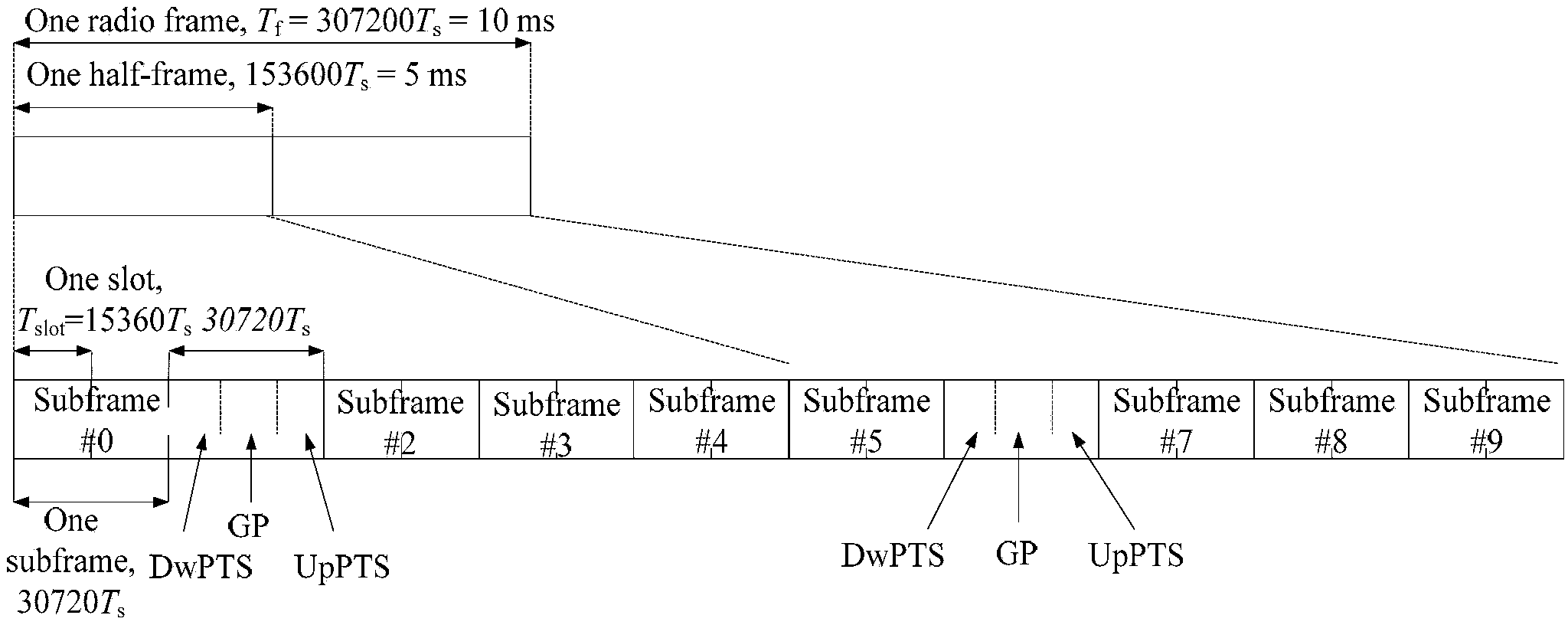Method and system for scheduling uplink sub-frames
A technology of subframes and subframes, applied in the field of scheduling uplink subframes, can solve the problems of inability to schedule more users, limited cell capacity, waste of PDCCH resources, etc.
- Summary
- Abstract
- Description
- Claims
- Application Information
AI Technical Summary
Problems solved by technology
Method used
Image
Examples
Embodiment Construction
[0065] In order to make the above objects, features and advantages of the present application more obvious and comprehensible, the present application will be further described in detail below in conjunction with the accompanying drawings and specific implementation methods.
[0066] The method and system for scheduling uplink subframes proposed in this application can dynamically select the scheduling method. When multi-frame scheduling is adopted, by issuing a PDCCH, the resources allocated for two different uplink subframes can be carried, thereby saving PDCCH resources, scheduling more users and increasing cell capacity.
[0067] The method for scheduling uplink subframes of the present application deals with the situation that one downlink subframe simultaneously schedules two different uplink subframes in an LTE-TDD system. The wireless frame structure used in the LTE-TDD system is the type2 wireless frame defined in 3GPP TS 36.211. The length of the wireless frame is 10...
PUM
 Login to View More
Login to View More Abstract
Description
Claims
Application Information
 Login to View More
Login to View More - R&D
- Intellectual Property
- Life Sciences
- Materials
- Tech Scout
- Unparalleled Data Quality
- Higher Quality Content
- 60% Fewer Hallucinations
Browse by: Latest US Patents, China's latest patents, Technical Efficacy Thesaurus, Application Domain, Technology Topic, Popular Technical Reports.
© 2025 PatSnap. All rights reserved.Legal|Privacy policy|Modern Slavery Act Transparency Statement|Sitemap|About US| Contact US: help@patsnap.com



